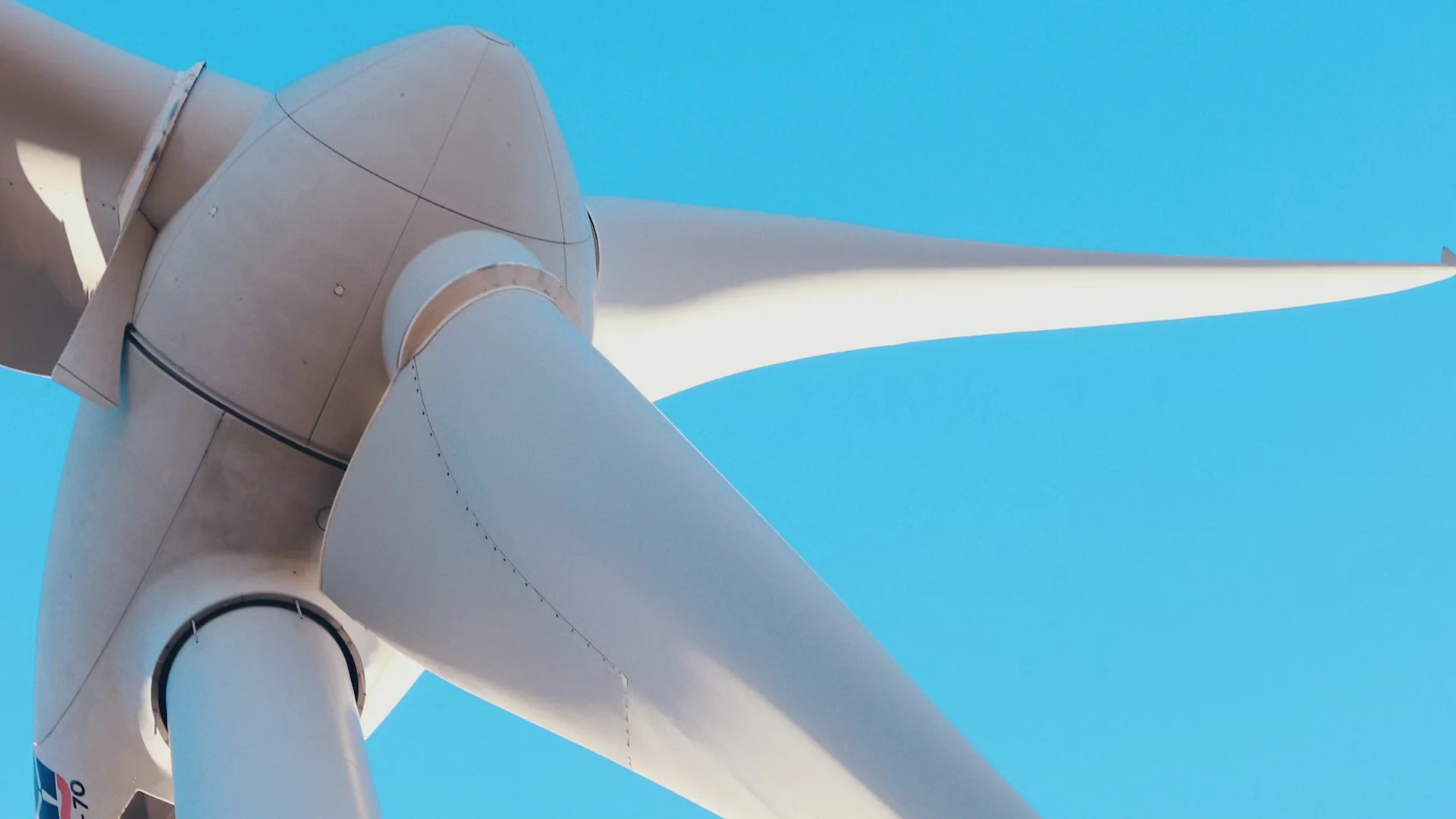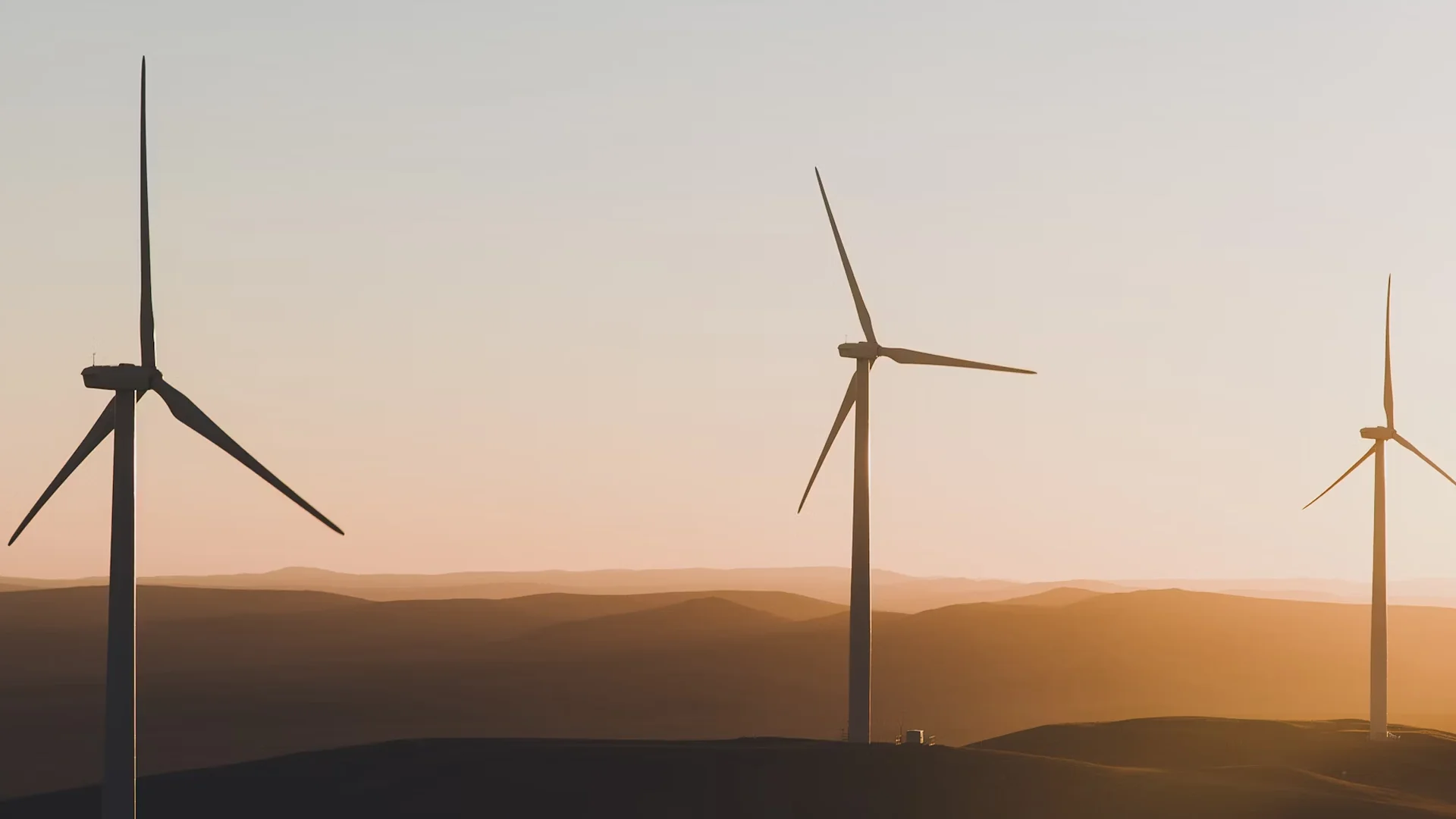Ensuring Excellence: The Vital Role of Quality Control in Wind Turbines
In the fast-evolving renewable energy sector, the integrity of wind turbine components is crucial. Quality control of components ensures the longevity and efficiency of wind farms, making it vital for both safety and productivity. A compromise in quality can lead to operational setbacks.
This post explores Quality Control of Components in wind turbines, focusing on compliance, industry standards, and best practices. Understanding these principles helps you make informed decisions that improve your wind energy projects. We’ll also highlight the importance of adhering to Australian standards and how effective quality control can reduce risks, optimize maintenance, and boost reliability.
Moreover, implementing robust quality control measures goes beyond just meeting standards—it’s about building a culture of safety and efficiency that ensures long-term success. When quality is embedded into every stage of turbine service and maintenance, from installation to routine checks, it creates a foundation for high-performing, reliable systems that deliver continuous energy production.
By partnering with SBL Solutions, you ensure every component meets the highest safety and efficiency standards. If you’re ready to enhance your wind projects and ensure compliance, contact SBL Solutions today for expert advice and tailored support.
What is Quality Control of Components in Wind Turbines?
Quality control of components refers to the systematic process of ensuring that all parts and materials used in wind turbine construction and maintenance meet stringent quality standards. This process is vital for the operation and longevity of wind turbines, as even minor defects can lead to significant operational failures or safety hazards. At SBL Solutions, we understand that maintaining the integrity of each component is essential to delivering reliable and efficient wind farm services.
The key characteristics of quality control of components include thorough inspection, testing, and compliance with established regulations. Each component undergoes a rigorous evaluation process that often involves advanced technologies and methodologies. For instance, using non-destructive testing methods allows us to assess the integrity of materials without compromising their usability. This level of scrutiny ensures that only components meeting our high quality standards are integrated into wind turbine systems, thus safeguarding performance and safety.
Quality control of components is closely linked to the broader context of wind turbine service and maintenance. By ensuring that all components are of the highest quality, we not only enhance the overall performance of the turbines but also extend their operational lifespan. Imagine a wind turbine as a finely-tuned orchestra; each component plays a crucial role in producing harmonious energy output. If one instrument is out of tune, it can disrupt the entire performance—similarly, defective components can hinder the efficiency of wind turbines.
A common misconception is that quality control stops once a component is installed. In reality, it is an ongoing process that includes regular inspections and maintenance checks to ensure continued compliance with quality standards. At SBL Solutions, we are committed to this proactive approach, continually evaluating our systems and processes to mitigate risks and enhance quality.
In the context of our services, SBL Solutions leverages a robust Integrated Management System that aligns with Australian standards. This commitment to quality control of components not only meets regulatory requirements but also builds trust with our clients, ensuring that the wind turbine systems we manage operate safely and efficiently. By prioritising quality, we help you achieve sustainable energy solutions with confidence.
Essential Terms for Quality Control of Components
To effectively navigate the complexities of quality control in wind turbine components, it’s crucial to familiarise yourself with key terminology. Here’s a list of important terms that will enhance your understanding of this vital aspect of the wind energy sector.
Quality Assurance (QA)
Quality Assurance refers to the systematic processes that ensure the quality of products and services is maintained throughout their lifecycle. In the context of wind turbines, QA involves rigorous testing and evaluation of components to meet industry standards and regulations. It is essential for ensuring that each part functions reliably under various conditions, which directly impacts the overall efficiency and safety of wind turbine operations.
Compliance Standards
Compliance Standards are established benchmarks that products and processes must meet to ensure safety, reliability, and efficiency. These standards can include local and international regulations governing wind turbine components. Understanding these standards is crucial for organisations like SBL Solutions to ensure that all components used in turbine assembly are legally compliant and function as intended.
Non-Conformance
Non-Conformance refers to any deviation from established quality standards or specifications during the production or inspection process. Identifying and addressing non-conformance is vital in the quality control of components, as it helps prevent defective parts from being used in wind turbines, thereby enhancing safety and operational efficiency.
Inspection Protocols
Inspection Protocols are systematic procedures for examining components to ensure they meet predefined quality criteria. These protocols are critical in the quality control of components, as they provide a structured approach to identifying defects or potential failure points before installation in wind turbines.
Defect Reporting
Defect Reporting is the process of documenting any faults or deficiencies found in components during inspection or operation. This practice is important for maintaining high quality standards in wind turbine maintenance, as it allows for timely corrective actions and helps prevent future occurrences.
Quality Management System (QMS)
A Quality Management System is a formalised system that documents processes, procedures, and responsibilities for achieving quality policies and objectives. Implementing a QMS is essential for organisations like SBL Solutions to ensure consistent quality control of components across all projects, leading to improved safety and performance in wind turbines.
Preventive Maintenance
Preventive Maintenance involves regular, scheduled maintenance activities aimed at preventing equipment failures before they occur. In the context of wind turbines, this proactive approach is vital for ensuring the reliability of components and minimising downtime, ultimately enhancing overall operational efficiency. Additionally, the commissioning of turbines post installation is a critical phase in the process, ensuring that all systems are thoroughly tested and optimized for peak performance from day one.
Understanding these terms is not just about expanding your vocabulary; it’s about empowering you to engage more effectively with quality control processes. By grasping these concepts, you can better appreciate the standards we uphold at SBL Solutions to ensure the highest quality in wind turbine component management.

Essential Tips for Quality Control of Components in Wind Turbines
Ensuring the quality control of components is crucial for the efficiency and longevity of wind turbines. In this guide, we will explore practical steps you can implement to maintain compliance and uphold the highest standards in your projects.
Step 1: Implement Rigorous Supplier Assessment
Before engaging with a supplier, ensure they meet the necessary compliance standards specific to the wind industry. Conduct thorough checks on their certifications, such as ISO9001, to confirm their commitment to quality management. For instance, at SBL Solutions, we meticulously vet suppliers to ensure that their components adhere to both Australian standards and our internal quality benchmarks.
Step 2: Conduct Regular Inspections and Testing
Establish a routine for inspecting and testing components throughout various stages of the supply chain. These inspections should include verifying dimensions, material properties, and operational functionality. Utilize tools like ultrasonic testing or X-ray inspections to detect faults or inconsistencies in materials. Such proactive measures help to identify issues before components are integrated into the turbine system.
Step 3: Utilise Comprehensive Documentation
Maintain detailed records of all quality control processes, including inspection reports, testing results, and compliance certificates. This documentation not only aids in tracking component quality but also serves as a reference for audits and client inquiries. Tools such as project management software can enhance the efficiency of this documentation process, ensuring that information is easily accessible and organised.
Step 4: Engage in Continuous Training for Staff
Invest in ongoing training for your team to keep them updated on the latest quality control practices and standards. Regular workshops or online courses can enhance your workforce’s skills, ensuring they are well-prepared to identify and manage quality issues. At SBL Solutions, we prioritise employee training, fostering a culture of quality awareness and compliance in every project.
Step 5: Leverage Technology for Quality Management
Implementing advanced technologies, such as integrated management systems, can significantly enhance your quality control processes. For example, using platforms like Assignar allows for real-time monitoring of compliance and quality metrics, streamlining communication and documentation across teams. This technological integration not only boosts efficiency but also ensures that quality control remains a top priority.
Step 6: Establish a Feedback Loop
Create a system for gathering feedback from technicians and other stakeholders involved in the quality control process. This feedback can provide valuable insights into potential areas for improvement and help to identify recurring issues. Engaging your team in this dialogue not only enhances quality standards but also promotes a sense of ownership and accountability among employees.
Step 7: Regularly Review and Update Quality Control Processes
Quality control is not a one-time effort; it requires continuous improvement. Regularly review your quality management processes to identify any gaps or areas that could be enhanced. This could involve analysing past projects for compliance trends or updating procedures to align with new industry standards. At SBL Solutions, we are committed to continual improvement, ensuring that our quality control measures evolve alongside industry advancements.
By implementing these practical tips, you can enhance the quality control of components in your wind turbine projects, ensuring compliance and maximising efficiency. Remember, a strong focus on quality not only safeguards your investments but also contributes to the long-term success of your operations.
Common Questions About Quality Control of Components in Wind Turbines
In this section, we address some of the most frequently asked questions regarding the quality control of components in wind turbines. These insights aim to clarify your understanding of compliance and quality assurance in the wind energy sector.
FAQ 1: How does quality assurance impact wind turbine performance?”
Effective quality assurance directly influences the reliability and longevity of wind turbines. By adhering to strict quality control protocols, we can minimise the risk of component failure, which not only enhances operational efficiency but also ensures compliance with safety standards.
FAQ 2: What standards do you follow for quality control in wind turbines?
At SBL Solutions, we follow comprehensive quality control standards, including ISO9001 for quality management and ISO45001 for occupational health and safety. These standards guide our practices to ensure compliance with both national and international regulations.
FAQ 3: How do you ensure compliance during component inspections?
We employ a multi-layered approach to compliance during component inspections. This includes detailed checklists aligned with industry standards, regular training for our technicians, and comprehensive documentation to track compliance and any necessary corrective actions.
FAQ 4: What role does technology play in quality control of components?
Technology plays a crucial role in enhancing the quality control of components. Our use of advanced platforms like Assignar allows for real-time data management, ensuring that all aspects of component quality, including inspections and testing results, are meticulously recorded and easily accessible.
FAQ 5: Can you explain the importance of a quality management system?
A quality management system is vital for maintaining high standards across all projects. It ensures that every process is monitored and improved continuously, fostering a culture of quality and compliance that benefits both our workforce and clients.
FAQ 6: What steps do you take if a component fails quality inspection?
If a component fails quality inspection, we immediately halt its use and conduct a root cause analysis to identify the issue. We then implement corrective actions, which may include reworking the component or sourcing a replacement, ensuring compliance standards are upheld at all times.
We hope these FAQs have provided valuable insights into the quality control of components in wind turbines. If you have further questions or require more information, feel free to reach out to us.
Final Thoughts on Quality Control for Wind Turbines
In summary, the quality control of components in wind turbines is crucial to ensuring compliance and optimising performance. We have explored the various processes involved, from rigorous inspections to adherence to Australian standards, all designed to safeguard not just equipment but also the safety of your workforce.
Understanding the significance of quality control allows you to appreciate its role in the broader context of wind turbine service and maintenance. By ensuring that every component meets stringent compliance requirements, you help mitigate risks and enhance the longevity of your wind energy assets. This not only supports operational efficiency but also contributes to a sustainable energy future.
We hope the insights provided in this blog post empower you to take action in your own projects. Whether you are involved in the design, maintenance, or operation of wind turbines, the principles of quality control are integral to your success. For expert guidance and tailored solutions, contact us at SBL Solutions today. Our team is ready to help you ensure the efficiency and longevity of your wind turbine systems.
At SBL Solutions, we pride ourselves on delivering exceptional quality services that align with the highest industry standards. We invite you to explore our comprehensive offerings in wind turbine service and maintenance, and join us in pushing the boundaries of quality and safety in the renewable energy sector.

